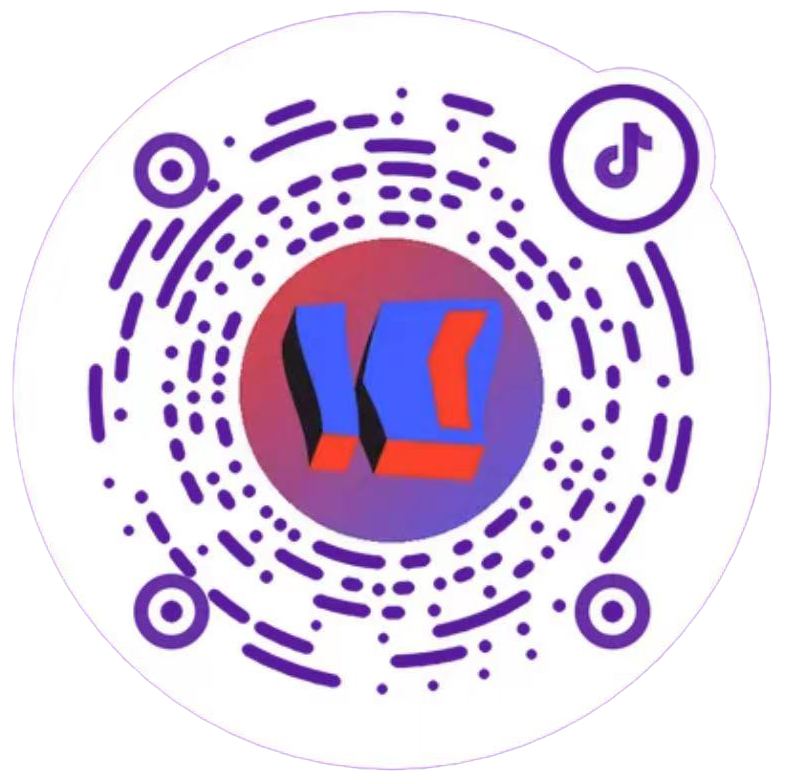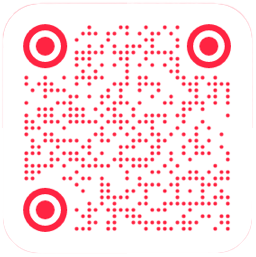2005年因为Danny Way来北京飞长城这件大事,让我认识了很多来自美国滑板圈的朋友,这其中就包括Jocko Weyland,当时带他去EZONE skateshop,他送了我他写的书"the answer is never",一本关于滑板历史的书.没想到3年后,2008年他又来北京,这次他来住了一段时间,我们一起滑板喝酒,对他了解更多了一些,他原来是个靠写作和策展为生的老滑板人.上周是奇妙的一周,先是早上上班路上碰到来北京拍video的Kenny Reed,然后在上班的时候发现Jocko又回来了,就站在我身后看着我,哈哈.这次回来他是为了他的个展-生活在火星,都是去年他在中国生活一年时间内创作的绘画和摄影等作品.我上周末刚去拍了些照片.
New York based artist Jocko Weyland (Helsinki, 1967) is also a writer, curator, editor and skateboarder. The author of The Answer is Never (Grove, 2002) and various articles and stories published in Thrasher, The New York Times, Cabinet, Vice and Apartamento, amongst others, he is the founder of Elk Gallery and Elk magazine. FakeSpace is pleased to present his recent drawings and photographs completed during his yearlong stay in China.
相册外连暂时有问题,可以去这里看照片,我会尽快修好.
You can go watch the photos here, I will fix it as soon as possible.
昨天下午和Jocko在朝阳区的大黑坡滑板喝啤酒聊天,真是痛快的一个下午. 让我惊讶的是Jocko对中国的事情了解很多,他知道在中国有个叫谭作人的因为帮助地震中因为豆腐渣工程校舍遇难的孩子们的家属打官司而被以颠覆国家政权罪给判了刑,他知道前往作证的著名艺术家艾未未也被扣押殴打,他知道"没有民工就没有中国"这个简单的道理但是不明白为什么民工在中国不能得到起码的尊重,他去年在中国期间就给Vice杂志写过关于中国民工处境的文章.我问他对中国的印象,他指着CCAV的附搂,这就是最形象的代表.没错,中国很疯狂,很多机会,表面上发展很快,很有钱,但是根基不稳,没有基本的道德规则,没有必须的法制和民主制度,为社会发展作贡献最多的普通民众没有获得最多的好处,这种浮华一不经意就会一把火全部化为灰烬.但是在这个疯狂的社会里,在着火之前,没有什么人会真正的去关心这些,这才是最可悲的.
扯远了,现面是他对本次展览的一些介绍:
“画画几乎是在我十二岁之前才做的事,直到有天一个朋友问我可不可以画点什么,参加他在纽约策划的一个关于圆珠笔的展览……我想,为什么不呢,画画看。
在北京,我总是去附近的杂货店买最便宜的作业纸来画画,杂货店叫做京克隆,遍布北京的大街小巷。我也喜欢那些便宜的圆珠笔,大概3到5块钱一支,便宜又实惠。
我有一支手机,每天都要看它很多次,因为随时都得用它。于是我看着自己的手机,心想:我要把它画下来。然后便开始画,感觉还不错。接下来我又画了一罐黑色的自动喷漆,这罐喷漆原本是我拿来喷我的滑板,也曾拿它在机场辅路的艺术区喷ELK的涂鸦Tag。
这两张画后来参加了纽约朋友策划的“圆珠笔”展览。
然后,我就一直不停的画。画出任何出现在我身边的东西:香烟盒,火柴,路上捡到的卡片,以及各种各样便宜的商品包装袋。我喜欢这些日常用品,一来是因为这些“东西”几乎出现在世界上任何地方,非常熟悉。二来是因为在中国,我看不懂上面印的中文字,这些熟悉的日用产品对我而言又表现的完全陌生。虽然我明白清楚这些物件的功能,但那些包装上的说明文字却让我觉得它们完全来自另外一个星球。我喜欢这种熟悉但又犹如外星般未知的混合感受。我是在画这些文字,而不是写它们。我努力把这些字画正确,但实际上很难,因为我不懂文字的含义,难怪我那些懂中文的朋友老是笑我说,你画的中文字简直疯狂得乱七八糟。
我想这其实就是我对在北京所看到的“中国当代艺术”的反应,那些“艺术”大都尺寸巨大,声势夺人,技巧娴熟,内容却乖巧媚俗,是写让人印象深刻的垃圾。在这里,艺术原本作为个人化的,一种向内心探寻的东西,却完全看不到。中国是一个庞大,有趣,同时又很复杂的国家,让我觉得纳闷的是这些个头很“大”的作品并没有折射出这个国家复杂的状态,反而大同小异,显得单调乏味。虽然大家生活在其中,却似乎与之毫无关联。
艺术对我而言,是和我的生活密不可分的东西:单纯,自然流露,激烈而又封闭、安静,这也许是因我不善交流。所以我读很多,想很多,看很多,留意身边的每一个细节:包装、颜色、质地、声音,气味……还有希望,这些是我的作品所要呈现的。
我的画和疏离困惑的环境相关,某种我所看到的,围绕在我周围的整体。
况且,画这些画还可以修身养性:花2到4个小时去描绘一个小小的烟盒,试着不漏掉所有看得到的细节。
至于这些照片,还是与我感受到的“真实”有关。中国吸引我的地方与很多,其中一个原因是尽管每天都有新鲜的俗丽节目,糟糕的艺术在北京上演(就象美国当年经济大繁荣时代,“艺术家”们开着法拉利…)中国似乎也在经历类似的转变, 但我能感觉到存在其中的某种真实的。原本是个“外人”的我,不懂中文,通过身边的种种小事,发现自己和这个城市的联系。感谢那些不用花多少钱,智慧巧妙生活着的普通人们:磨刀的,收垃圾的,卖水果的人们,和每天挤公车,看上去有点怪异、表情有点狡猾、出门讨生活的人们。这是真正日常,生活的艺术,他们让我真正感受这个国家,和存在其中的真实。
照片中出现那些小东西,对当地人来讲是再熟悉不过,但对我而言却很新奇,和一点点难以琢磨。当然,摄影本身是有关于色彩和质感,但在我的眼里,照片中的颜色是那么富有异国情调甚至陌生,活生生的每一刻,真实的日常生活。”
纽约艺术家Jocko Weyland,1967年生于芬兰赫尔辛基,同时也是独立策展人,批评家,文化探险家,杂志编辑,滑板爱好者;著有街头滑板运动的世界史《毫无答案》 (The Answer is Never),并长期为《Trasher》(滑板运动专刊)、《Vice》(独立音乐和青年亚文化杂志),《纽约时报周刊》撰写文章,Jocko也是Elk画廊以及Elk独立杂志的创始人。在FakeSpace这次展览,主要呈现他近期在中国生活一年时所创作的绘画和摄影作品。
“I hadn’t really drawn since I was 12 or so, but while I was living in China a friend in New York asked me to do a drawing for a big ballpoint pen show he was curating and I said why not, I will try. I always bought the cheapest homework paper at the grocery store right by my apartment, Jinkelong, one of the stores in the chain that’s everywhere in Beijing. And I liked the really cheap pens you could buy there too, like 3 for 5 or 6 Yuan.
I looked at my cell phone and I thought—I’m going to draw that. So I did. Because I liked looking at my cell phone and it was something I looked at and used every day. And after I liked the drawing.
The next one I did was of a can of spray paint, black spray paint I’d bought to paint my skateboard with and to do a big “Elk” tag across from a massive Chinese-Bauhaus art complex out near the airport expressway.
I sent those two to New York for the show.
Then I just kept drawing. Whatever was around me—cigarette packs, matches, cards found on the street, all kinds of cheap consumer packaging. The stuff of daily life, what we deal with every day. I think what I liked about it on one level is that these “things” are everywhere—very familiar, everywhere in the world. But in China they were “familiar” but also totally not—because I couldn’t understand what was written on them. I knew their function but the text was completely Martian to me. So the combination of the very common with the totally alien was something I liked. Also it was so funny in a way because I don’t speak Chinese and certainly can’t read it but I was “writing” (actually copying) Chinese characters, trying to make them look just right. But of course they’re not “right.” My friend Rutherford Chang really made me laugh when I showed him the drawings. He was like, “Your characters are crazy!”
I think in a way it was a reaction against all the horrible art I saw in Beijing. All this huge, vacuous, overblown, cute, kitschy “impressive” crap. The idea of art as a personal thing and a means to looking inside oneself seemed totally lost in Beijing. Also-and this was so strange to me considering what an interesting country China is and how much is going on there-the big “art” didn’t seem to have anything to do with that—it didn’t reflect the very complex situation In the country at all and didn’t seem to deal with “real” life. Which is weird, because China is a very “real” place.
My “art” there was very much a part of my life which was very simple and poor (I know not by Chinese standards, but by Western standards) and also very stimulating but hermetic and quiet—due to the lack of communication. So I read a lot, thought a lot, watched a lot of movies, and noticed all the little details around me - the packages, the colors, textures, the sounds and smells— and I think and hope that the drawings and photos reflect that accurately.
In some way the drawings were a way of dealing with a alienating and often confusing environment, trying to capture it somehow, just what was around, for all to see —that’s what interested me there.
Also they are very meditative—spending two or 4 hours doing this tiny drawing of a cigarette pack, trying to get every detail just right.
With the photos – again - it was the “real” that interested me. China attracted me for many reasons, and one was that though there was even more hype and bad art and nouveau riche tawdriness going on in Beijing when I was there than in New York (”artists” driving Ferraris, etc.) there is a very very “real” side of China that I felt connected to —the normal people, the person on the street. Which Is kind of ridiculous because I don’t speak the language and I’m a total outsider but I felt a connection, or maybe better yet an appreciation, for the little things in life, done simply, or ingeniously, without a lot of money. The knife grinder, the trash hauling guys, the fruit sellers, the people on the bus. Just going about daily life, but with a sort of weird mass “artfulness.” The art of life.
Just these little things that might seem completely normal if you are Chinese but to me were really intriguing and often totally mystifying and a bit “off”. On some basic level the photos are about that —the colors and textures that were foreign and unfamiliar to my eyes— daily life in three dimensions represented through photographs.”
苹果社区是个很有艺术气息的地方
镰刀船
矿工的安全帽
虚空间,fake space 一个不起眼的画廊
展览的名字是生活在火星
门口是签到的桌子,还有很多展览的宣传材料和Jocko创办的ELK杂志
展览中有很多Jocko在中国生活期间的碎片
很冲的红塔山是他的最爱
墙上是他的画,地上是他读的书,书是人的精神食量,不管你作什么行业,不读书就是不完整的人生
展览有两层
二楼
地上是法国艺术家Artus的画
Jocko的摄影作品
Jocko画的公交车票
Jocko画的银行卡
生活碎片
Jocko画的人民币上的毛泽东实在太丢到...哈哈
其实艺术在每个人的心中,用你自己的手法表现出你内心深处的真实想法就是一种艺术,经过训练没人都能画素描,画油画,但你画的再像也只是模仿,那只是一种技术,想法,才是最珍贵的部分.













Eleonora Strömberg
Beautifoul thoughts and work. Impressive mind in fake-space.